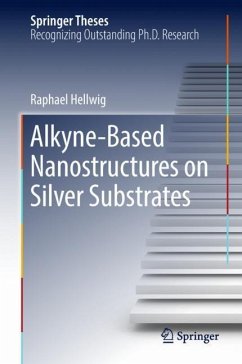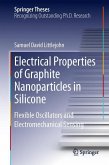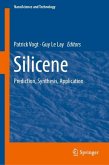Acetylenic precursors are important reactants for creating carbon-based architectures via linkage reactions. While their capability of forming intermolecular bonds is well investigated in solution, very few systematic studies have been carried out to create alkyne-based nanostructures on metal substrates under ultra-high vacuum conditions. Synthesizing extended and regular carbon scaffolds requires a detailed knowledge of alkyne chemistry in order to control reaction pathways and limit unwanted side reactions. Using the bottom-up approach on metal surfaces, the authors establish protocols to fabricate regular architectures built up by the on-surface formation of selective organometallic and C-C bonds with thoughtfully designed alkyne-functionalized monomers. The structural and functional properties of the resulting organometallic and covalent nanostructures are characterized by means of scanning tunneling microscopy. The results open up new perspectives in the fields of heterogeneous catalysis and the on-surface synthesis of functional interfaces under mild reaction conditions.
Bitte wählen Sie Ihr Anliegen aus.
Rechnungen
Retourenschein anfordern
Bestellstatus
Storno








